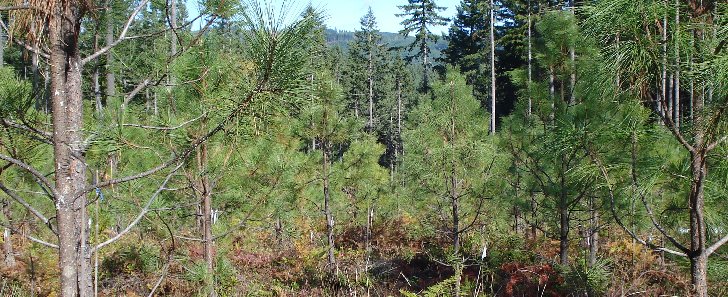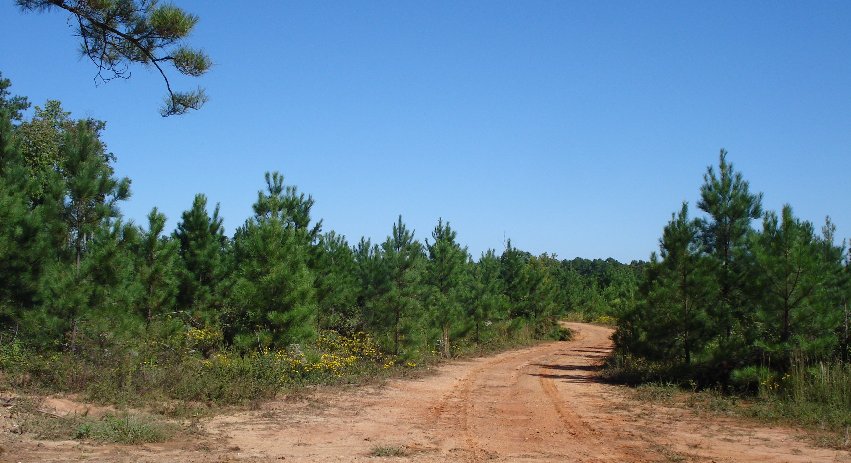My truck got recalled because of something to do with the wheels. Since I was off because of President’s Day, I could take it to the dealer. They looked at it for a couple hours and then told me that they needed to order the parts. They will call when the parts come in. Until then, there is evidently no imminent danger. Besides this excitement, it was an uneventful day.
Below is a ponderosa pine plantation in Oregon. The ponderosa pines that grow on the western slopes of the Cascades are different than those that grow in Rockies. Please read the original entry re at this link.

I found a good report on the Internet re ponderosa pine forest restorations by the Wilderness Society. You can read it at this link. Ponderosa pine forests are among the most pleasant ecosystems in the world. They are widely spaced if fire is not excluded. But fire has been excluded too long, as you will see in the report. The ponderosa pine forests are usually found half way up the mountains, at higher elevations farther south and lower up north. Individual trees can survive significant drought once established. A lone pine you see on the prairie is probably a ponderosa pine.
Below are thinned loblolly on my land taken last fall. Pines ecosystems look similar wherever you find them, but there are clearly differences. Read the original post at this link.

All pines have a generalized pine smell but there are lots of variations. Ponderosa pines have a distinctive smell, like vanilla. What most of us call pine smell – the one that the fresheners or pine cleaners try to imitate – smells to me like white pine. I have been trying to figure out how to describe the smell of loblolly. I really can’t, but I am pretty sure that I could identify loblolly by smell alone.
One of the better lessons of the report linked above is not only about trees. They recommend adaptive management, where each action is an experiment that informs future activities. This iterative, continuous learning approach is good no matter where you use it. They also stress that we must acknowledge that we cannot predict future conditions, which is another reason for the experimental management.
